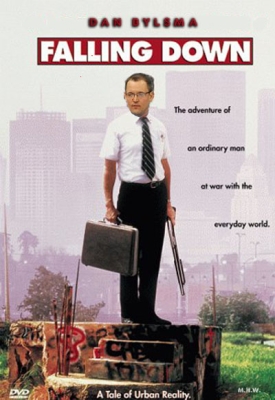A dark horse to even make the Opening Day roster, Collin Cowgill ended up having a bloody good season. (Sorry, I couldn’t resist.) The Angels ended up counting on Cowgill more than they could have planned, but he did a fine job filling in.
How in the world did Cowgill end up being worth more than two wins?
Despite appearing in just 106 games and getting 293 plate appearances, Cowgill ended up being worth 2.2 fWAR (2.1 rWAR or 1.8 WARP, if one of those is more your speed). That makes him a league average outfielder despite being a bench player.
A big part of that came from his defense. That’s always been his calling card, so it shouldn’t come as a surprise. Still, racking a +9 DRS and 8.1 UZR in 106 games is pretty dang impressive. It also isn’t out of question that those defensive values are sustainable (well, as sustainable as advanced fielding metrics can be). That +9 DRS was accumulated over 682 innings last season, but in the previous 820 innings, he was a +13 DRS. That’s really only one full season of play, so there can still be a lot of noise there, but it is safe to say that Cowgill is a pretty good fielder.
Collin was also worth a good amount on the basepaths with 4.3 baserunning runs above average. To put that in perspective, Ben Revere led all outfielders at 10.0 BsR and he logged 626 PAs. For even more perspective, Mike Trout was worth 4.6 BsR. Cowgill only stole four bases in 2014, so he must’ve made some really smart decisions on the bases, his ill-advised tag up in the ALDS not withstanding.
With the bat is where Cowgill really made strides though. He only had a 103 wRC+, but he’d been well, well below league average previously in his career. As such, it isn’t that he became a good offensive player so much as he stopped being terrible. It’s all about where you started from.
How did he stop being awful with the bat?
A lot of that non-awfulness came from Cowgill rediscovering his patience at the plate. He’d also drawn a fair amount of walks in the minors, but it had yet to translate in the majors, probably because he was trying to hit his way onto a roster. Because of all those walks, Cowgill was able to pot a .330 OBP, which made up for that fact that he still doesn’t have much power. His .331 BABIP helped as well, but that might not be sustainable, even with his solid speed.
Should Cowgill have played more?
There is an easy Josh Hamilton joke that could be made here, but I’m going to pass. I’m better than that. While Cowgill was good in his fill-in duty, that’s probably the limit of his abilities. His defense will always be useful, but his bat just doesn’t play in all scenarios.
The biggest issue Cowgill had, even amid his success in 2014, is that he can’t hit righties. He hit for just a .275 wOBA last year, which is actually better than his .248 career number. He can, however, hit lefties and always has. In 2014, he had a .351 wOBA against southpaws, which is a bit above his .332 career mark. Considering that and his defense, you could potentially make a compelling argument that he and Hamilton should platoon, but that whole $125 million contract really complicates thing.
Should the last question have been phrased, “Do we need MORE COWGILL?”
No. And stop it. That joke was tired ten years ago.
Final Answer
You can’t really ask for much more out of your fourth outfielder than what Cowgill provided for the Halos in 2014. Somehow that didn’t ingratiate him into the pantheon of beloved reserve outfielders in Angels history, but that doesn’t mean he wasn’t good. My guess is that he lost any hope of developing a cult following after he bunted a ball into his own face and broke himself.
Add The Sports Daily to your Google News Feed!
